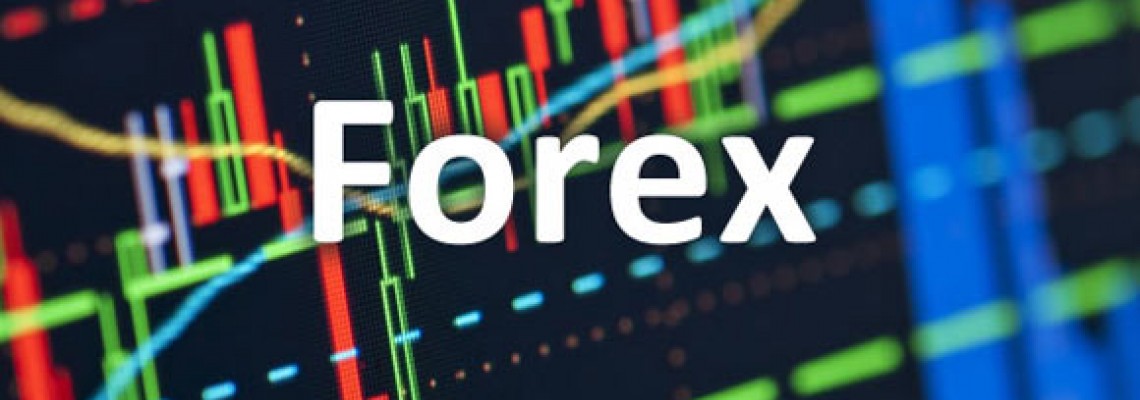
Forex or foreign exchange can be described as a network of buyers and sellers who exchange currency at an agreed price. This is how individuals, companies, and central banks convert one currency into another - if you have ever traveled abroad, you have probably traded Forex.
While a large amount of foreign exchange is done for practical purposes, the vast majority of currency conversions are done for profit. The amount of currency converted per day can fluctuate the price of some currencies sharply. This is the volatility that can make Forex attractive to traders: It has a better chance of making a profit, but it also increases the risk.
How do currency markets work?
Unlike stocks or commodities, Forex trading is not done in exchanges, but directly between the two parties, in the OTC market. The Forex market is governed by a global network of banks spread across four major Forex trading centers in different time zones: London, New York, Sydney, and Tokyo. Since there is no central location, you can trade Forex 24 hours a day.
There are three different types of forex market:
Spot forex market: The physical exchange of a currency pair, which takes place exactly at the point where the transaction takes place - ie on the spot - or in a short time.
Forward forex market: A contract is agreed to buy or sell a certain amount of a currency at a certain price, which will be settled on a certain date in the future or a range of future dates.
Future forex market: A contractor agrees to buy or sell a certain amount of a certain currency at a specified price and date in the future. Unlike futures contracts, futures contracts are legally binding
Most traders who speculate on the price of Forex do not have a plan to deliver their currency. Instead, they forecast exchange rates to take advantage of price changes in the market.
What is a base and quote currency?
The base currency is the first currency listed in a Forex pair, while the second currency is called the quoted currency. Forex trading always involves selling one currency to buy another currency, which is why it is priced in pairs - the price of a pair of Forex equals the value of one unit of the base currency in the quoted currency.
Each currency in this pair is listed as a three-letter code, which tends to consist of two letters, which stands for the region, and one for the currency itself. GBP / USD, for example, is a currency pair that includes buying British pounds and selling US dollars.
If the pound rises against the dollar, then one pound is worth more dollars and the price of the pair rises. If it decreases, the price of the pair decreases. So if you think the base currency in a pair is likely to strengthen against the quoted currency, you can buy that pair (extension). If you think it will weaken, you can sell the pair.
What moves the forex market?
The Forex market is made up of currencies around the world, which can make it difficult to predict the exchange rate because many factors can play a role in price movements. However, like many financial markets, Forex is driven primarily by supply and demand forces, and it is important to understand the effects of price fluctuations.
Central banks
Supply is controlled by central banks, which can announce measures that will have a significant impact on their currency prices. For example, quantitative easing involves injecting more money into the economy and can lower currency prices.
Market sentiment
The market atmosphere, which is often in response to the news, can also play an important role in raising the price of the currency. The market atmosphere, which is often in response to the news, can also play an important role in raising the price of the currency.

Leave a Comment